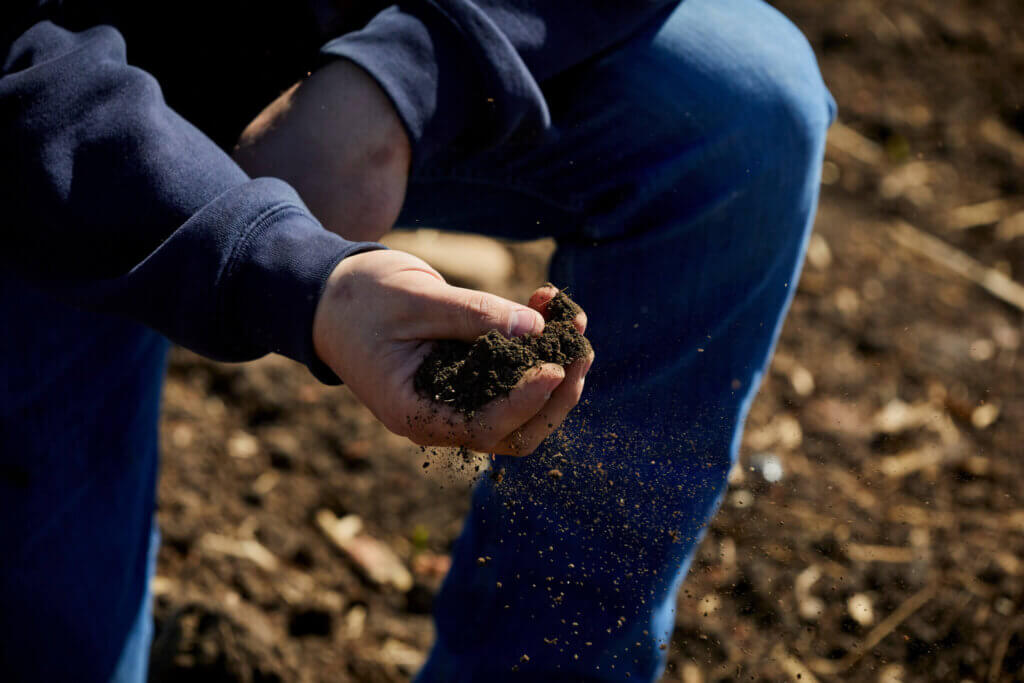Assessment of Minnesota’s soil mineralogy and its impacts on fertilizer guidelines
Lead Researcher: Dan Kaiser, Associate Professor at the University of Minnesota’s Department of Soil, Water and Climate

The mineral content of soils have an impact on fertilizer needs.
In the last decade, scientists have made rapid gains in understanding how the mineral make-up of soil affects the ability of plants to get the potassium they need, according to Kaiser.
With that, his research sets out to map the soils of Minnesota according to mineral content, which has a direct impact on how potassium chemistry behaves when soils are wetting and drying. Kaiser is specifically looking at the ratio of illite to smectite in the soil’s clay. The ratio is crucial to the critical soil test level of potassium—the soil test value where maximum yield is achieved.
Smectite clays, which are prevalent in the Red River Valley, have more of a ‘shrink-swell’ capacity than other soil types, and may need a higher rate of potassium because of their tendency to fix the nutrient, and make it unavailable to the plants at key points in the growing season.
Illite clay does not shrink and swell and has a lower tendency to hold onto essential nutrients. Illite contains potassium that ‘weathers out’ and becomes available to plants. So, soils high in illite may not require as much added potassium to reach maximum corn yield.
Kaiser’s goal is to better develop our potassium fertilizer guidelines to ensure yield is maximized as economically as possible, and to keep the cost of analyzing the mineral make-up of soil lower while allowing higher throughput of samples to get data out to farmers.
Additionally, Kaiser’s work is looking at Cation Exchange Capacity (CEC), which measures the soil’s ability to hold onto essential nutrients, to see if it also could help predict critical soil test potassium levels. Surprisingly, research has shown that lower rates in sandy soils at times result in yield increases. Kaiser’s project seeks to map this phenomenon as well.

